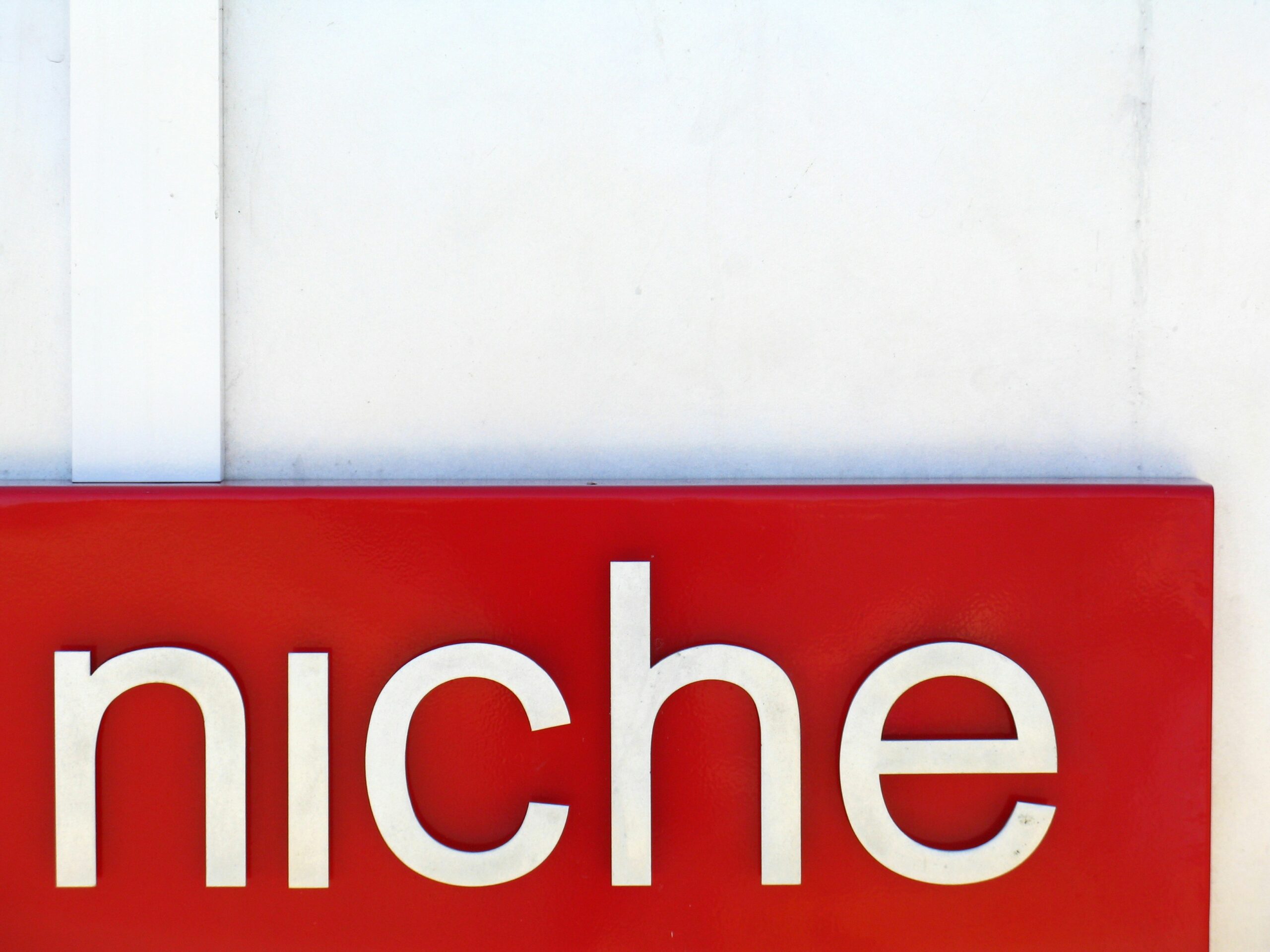The Rise of Dark Social: The Invisible Force Driving Modern Marketing
July 13, 2025 | by qqvmedia.com

Marketers love data. Clicks, impressions, conversions—we measure it all.
But here’s the plot twist:
Most of your best traffic isn’t showing up in your analytics.
It’s happening quietly. Privately. And off the radar.
Welcome to the world of dark social—the invisible word-of-mouth that’s reshaping how people discover and trust brands.
🕵️♂️ What Is Dark Social?
Dark social refers to all the traffic, shares, and recommendations that happen outside traditional tracking tools.
Think:
- Links sent in private DMs
- Group chats sharing screenshots
- Email threads between colleagues
- Slack or Discord discussions
- Texts with “You should check this out”
These are high-intent, peer-to-peer endorsements.
But because they don’t come from a public post or trackable referral… your analytics mark them as direct traffic—even when they’re not.
🧠 Why Dark Social Matters More Than Ever
Let’s face it:
People trust people, not ads.
So when someone they know sends them your brand in a private message, it holds more weight than any campaign you run.
In fact:
- 84% of people trust peer recommendations above all forms of advertising (Nielsen)
- Up to 70% of all online sharing is dark (RadiumOne)
That means most of your organic growth could be happening in silence—and you wouldn’t know it.
🤫 Where Dark Social Happens (and How to Tap Into It)
You can’t track dark social perfectly—but you can influence it.
Here’s how:
1.
Create “Shareable-in-Private” Content
Not everything is meant to go viral. Some content is meant to be shared one-on-one.
Create assets that people want to pass along in a private conversation:
- Helpful PDFs or guides
- “Insider” tips for a specific niche
- Controversial or funny screenshots
- Deep insight posts (especially on LinkedIn or blogs)
Ask yourself:
“Would someone send this to their group chat?”
2.
Add Subtle Brand Tags in Your Assets
If people are sharing your content privately, you want the trail to lead back to you.
Tactics:
- Watermark helpful visuals
- Add short URLs with branded domains
- Use branded templates for guides and infographics
Dark social may be invisible, but your brand presence doesn’t have to be.
3.
Include a ‘Where Did You Hear About Us?’ Field
Analytics can’t track private conversations—but your customers can tell you.
When onboarding new users or prospects, include a short field:
“How did you hear about us?”
Then actually read the responses. You’ll likely see:
- “My friend sent me your video”
- “Saw this in a Slack group”
- “Coworker recommended your site”
Now you’re making the invisible visible.
4.
Turn Private Shares into Public Proof
If someone DM’d you to say they love your product—ask if you can share it.
If a customer emailed feedback—turn it into a testimonial (with permission).
Dark social doesn’t have to stay dark forever. With care, it can become your most authentic public content.
🔍 Real Example: The Newsletter Everyone Quietly Shares
Think of a niche newsletter you love—maybe one you never see promoted but hear about constantly through friends.
That’s dark social in action.
People forward it. Mention it in passing. Recommend it over lunch.
The growth is silent—but powerful.
And that’s the key: not every success story starts in a social media post.
Final Thought: Marketing’s Quiet Secret Weapon
If your marketing only focuses on what you can track—you’re missing what actually moves people.
Dark social is about trust, relationships, and recommendations behind the scenes.
It’s the quiet nod. The side-text. The subtle link sent at just the right moment.
You may not always see it.
But when you design for it, encourage it, and respect its power—your brand spreads in ways your competitors won’t even notice.
RELATED POSTS
View all


